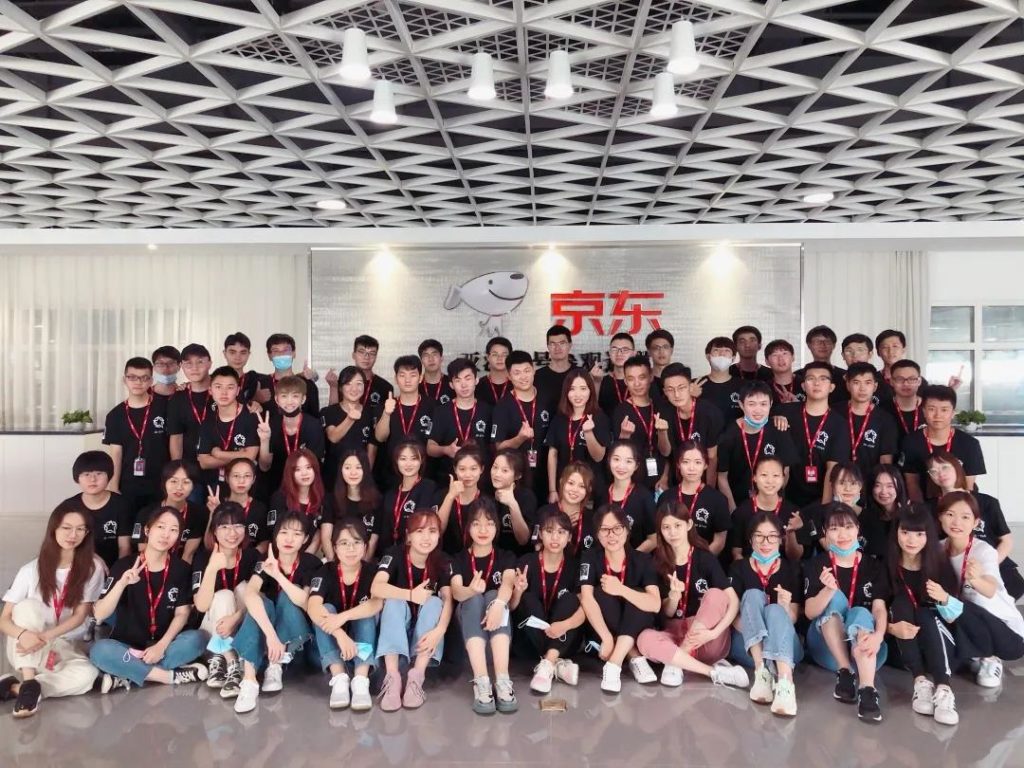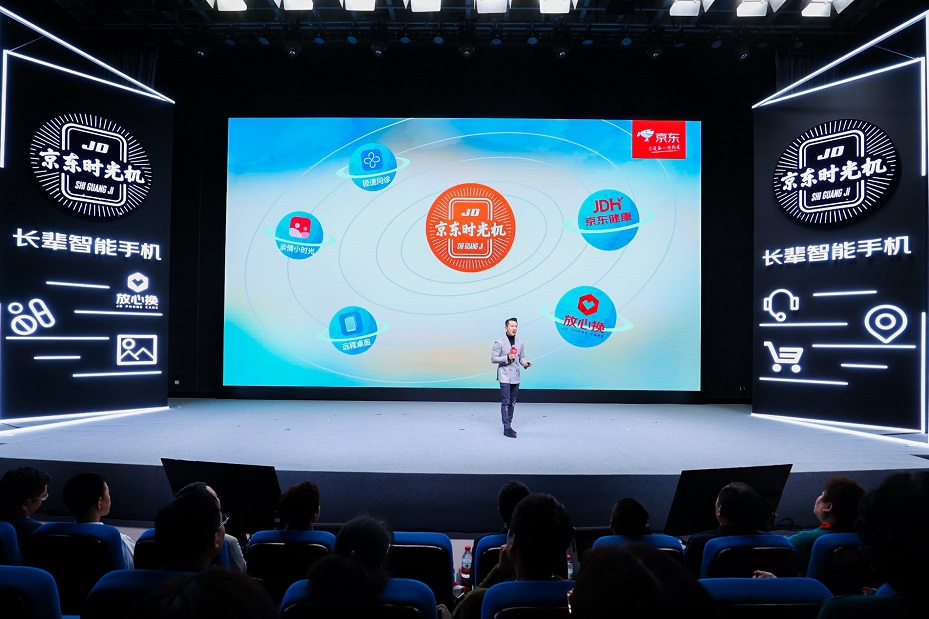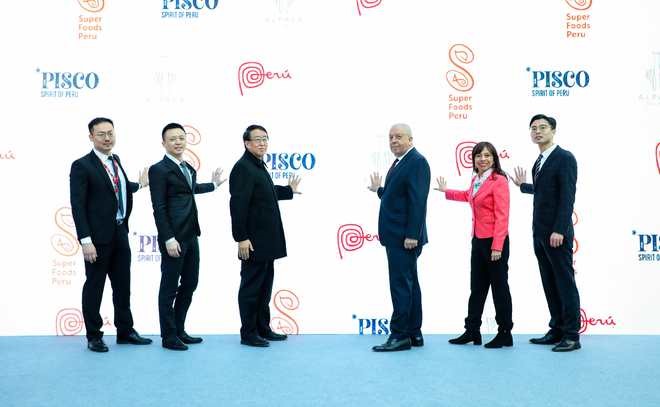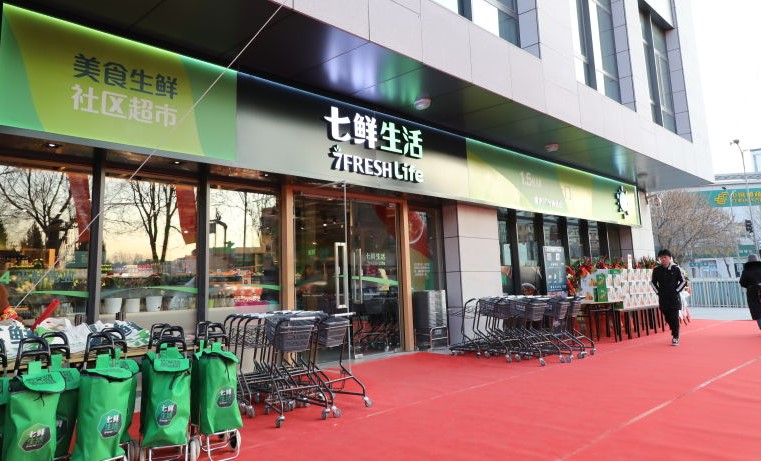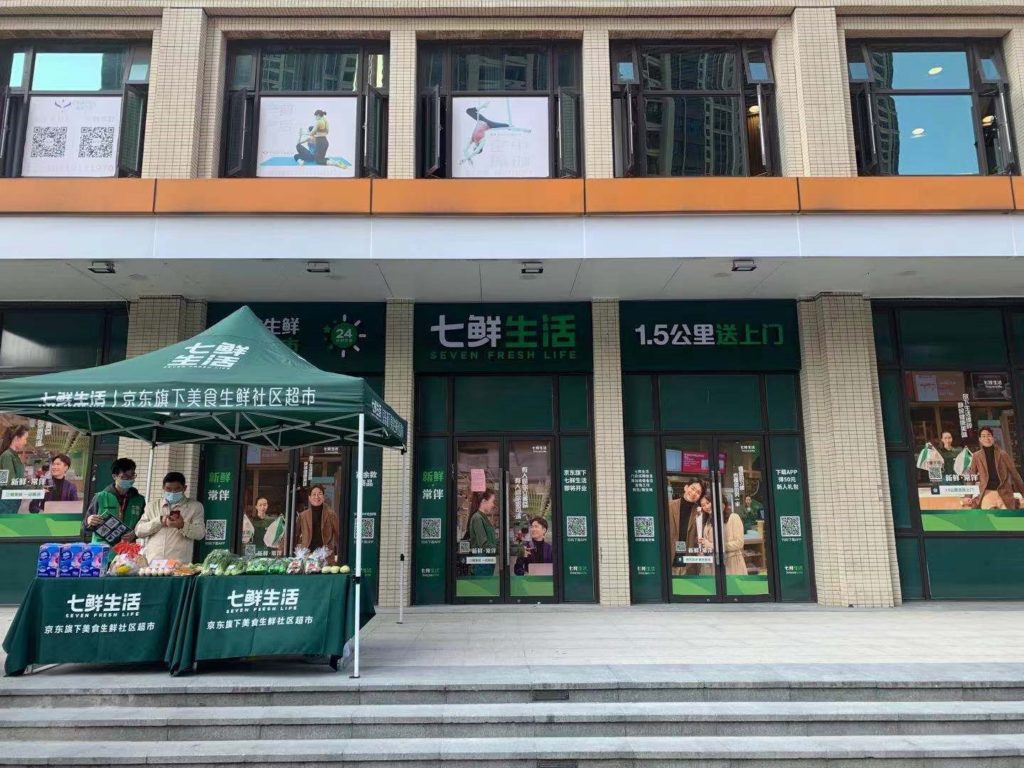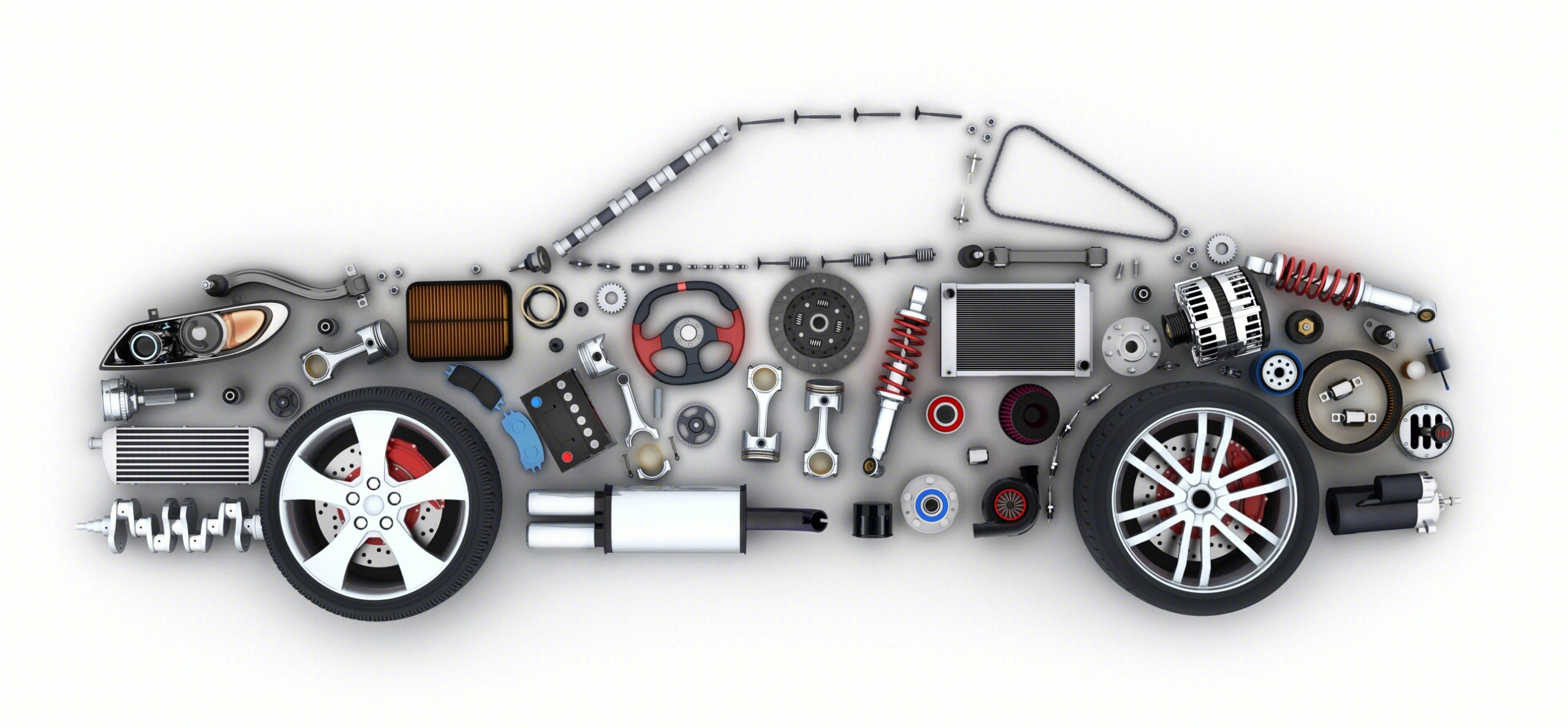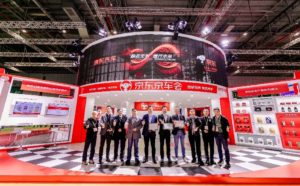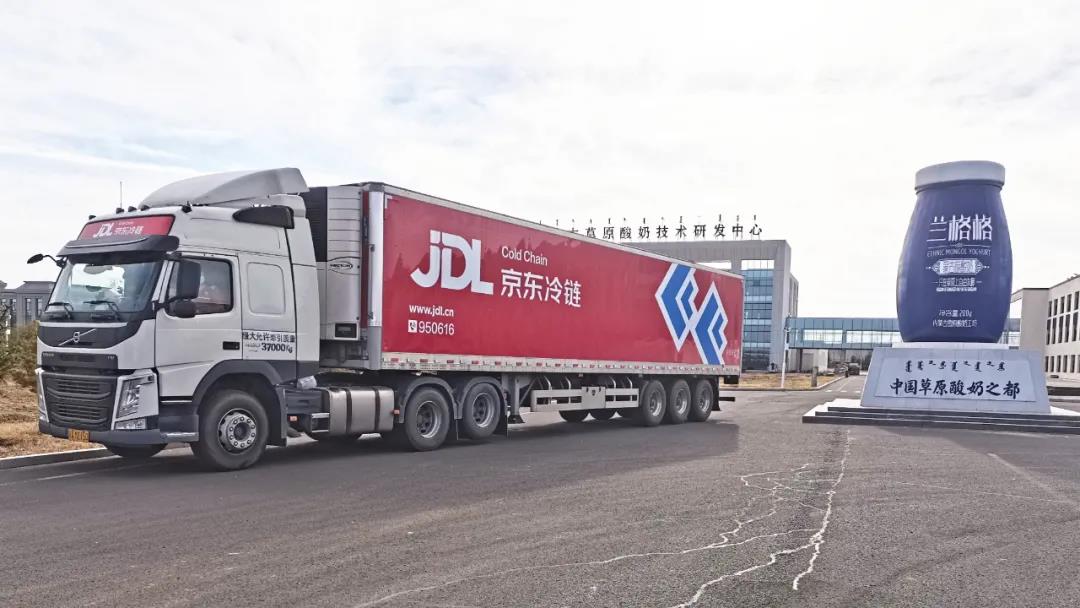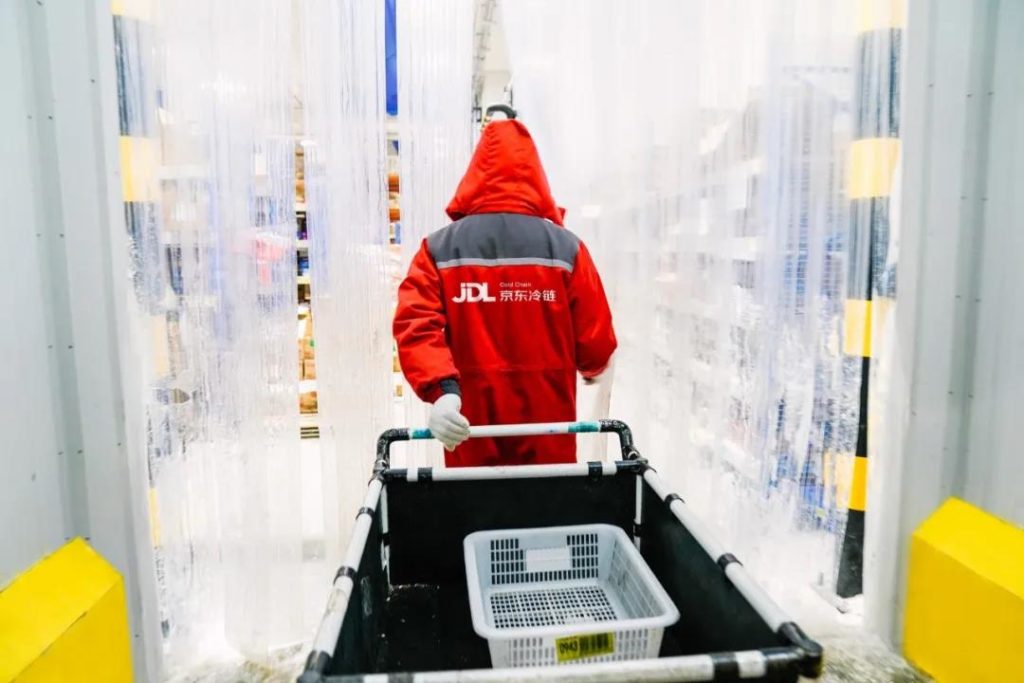JD announces this week that the company will provide 15,000 jobs for the students graduating from college in 2021. This includes 10,000 jobs provided by JD Logistics as an effort to train management talent from the ground up. In recent years, JD has created more than 2,000 types of jobs, appealing to graduates majoring in technology R&D, marketing, and more. As of September 30, 2020, the number of employees of listed and non-listed companies under JD’s umbrella exceeded 320,000 with a net increase of 60,000 since COVID-19 outbreak early this year, alone.
Daniel Tan, president of JD Mobile Devices speaks at a press conference on the 5G smart phones for the elderly
JD worked with several mobile phone brands to launch smart 5G phones for elderly people through its Consumer-to-Manufacturer (C2M) initiative, helping seniors live more conveniently in a society filled with digital technologies. The project was announced at a press conference at JD headquarters in Beijing on December 2nd. The 5G smart phone that JD launched with ZTE is equipped with services such as remote assistance, detailed instructions, fast medical consultancy and more.
JD Auto showcased its comprehensive portfolio of automotive “products + services” spanning the multiple links of the industrial chain at Automechanika Shanghai 2020 which is held from December 2nd to 5th. Click here to read more.
Left to Right: Philip Lu, BD Manager of JD Worldwide; Frank Yu, Head of Marketing and Operations of JD Worldwide; Larry Lee, Vice President of JD.com; Mr. Luis Quesada, Peruvian Ambassador to China; Ms. Diana Pita Rodriguez, Economic and Commercial Counselor of Peru in Beijing; Jiangang Wang, General Manager of EC Storm
JD Worldwide launched online Peru Pavilion on November 30th, introducing various iconic local products to Chinese consumers of the richly endowed country, including quinoa from Andes Mountains, alpaca gloves and hats, as well as health supplements such as Maca capsules. The celebration event was held at JD Beijing Headquarters, attended by Mr. Luis Quesada, Peruvian Ambassador to China and Ms. Diana Pita Rodriguez, Economic and Commercial Counselor of the embassy.


